As an industry, video games have been around long enough that it's becoming increasingly important to archive its history. Those making history do not make the best archivists, but that's what we have museums like the Rochester, New York-based The Strong around for.
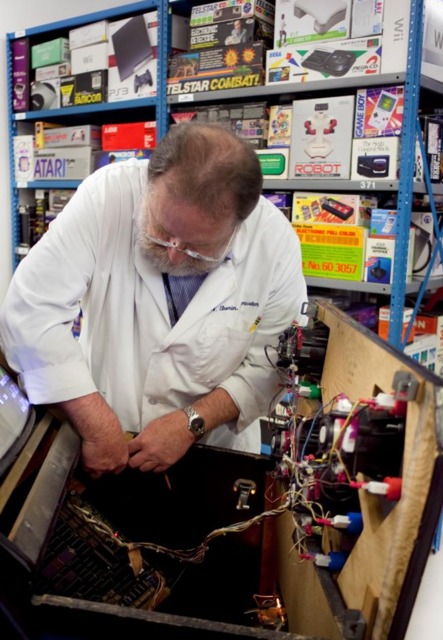
Otherwise known as the National Museum of Play, The Strong is specifically focused on the notion of "play," which involves everything from video games to the origins of a bouncy ball.
The Strong recently acquired an enormous amount of Atari-related materials from its coin-op division. We're talking storyboards, photographs from advertising shoots, interoffice memos, and other primary documents that can better help our understanding of a former industry revolutionary.
Inside of this collection are some really crazy items, from the source code for dozens of games to one-off cabinets for cancelled games like Maze Invaders. Maze Invaders was conceived by Asteroids and Centipede creator Ed Logg, and the game was far enough along that Atari even built machines for playtesting. The game didn't test well, and the game was never given the greenlight for full production. The Strong, however, now has a working version of Maze Invaders.
I recently chatted on the phone with Jeremy Saucier, the assistant director for the International Center for the History of Electronic Games (ICHEG), about what this massive collection means. As always, you can also listen to our conversation via the Interview Dumptruck.
Giant Bomb: Can you explain what exactly you guys have acquired from Atari?
Jeremy Saucier: I’m probably overusing this word now, but it really is a massive collection. I mean that comparatively to other [ones]. We have other company collections here, other corporate records. This is certainly, by far, the largest.
In terms of how we look at it, it’s a massive collection of materials from Atari Games and what ultimately becomes Midway Games West, so from 1972 to 1999. The materials range from things that are associated with the design of the game, so things like hand drawn assemblies schematics for the cabinet for Pong from 1972. Then, there are hand drawn assemblies for a part--like a coin door on another arcade game. It’s really very detailed. Some of it’s big stuff, like an entire cabinet, some of it’s the real small parts of a game.
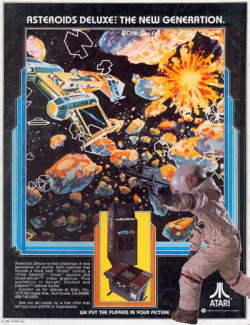
You have design on that end, but, then, you have concept artwork and design artwork and original artwork for the control panels, the marquees--the artwork on the outside of these coin-op cabinets. And, then, design in the sense that you have the documentation where you would see. I've looked through a few of these, and had a look at Video Pinball and Asteroids. In the first few pages, what you’re seeing is hand-drawn or hand-written notes. For Asteroids, you have notes about the vector monitor, you have notes about the control scheme, and how things are going to work and how the sound effects work. In Video Pinball, you see that it’s on notebook paper--what the playfield inside the cabinet is going to look like.
You have that kind of design stuff, but, then, you also have documentation where there are copies of interoffice memos and correspondence between different people in the company talking about what they’re going to do with this game, how it’s being manufactured, how much it’s going to cost, the different parts that are needed. A lot of those kinds of things. You have stuff at that level, and, then, you have things where the DNA of the game [is available]. We have the source code for virtually all the games from about 1976 to 1983. Those are all on 8-inch floppy disks. You have the essence of these games in some ways, and, then, you have the side of it where [it’s about] “how did they sell those games?”
If you think of the Atari advertisements--the print ads--if you think of the ad for Asteroids Deluxe, where there’s an astronaut with a gun in the ad, we have the actual original photographs from that photo shoot. You can actually see the raw materials, that they made these choices about how it was they were going to market this game. What was the image of the astronaut that actually made the point that they wanted to make about Asteroids? There’s a lot of different materials that have either not been seen before by the public, but then there are materials that are incredibly valuable in terms of people writing this history, giving us some insight into how they made these machines, how they manufactured them, and how they marketed them.
GB: How does an acquisition like this occur? Does it just show up in a bunch of trucks? Is it just sitting in a warehouse?
Saucier: [laughs] It’s a long story.
We met the person who owned the materials, who acquired them when Midway liquidated all of the Atari assets before Midway closed that office. [Editor's Note: This person is well-known collector Scott Evans.] Before they closed that down, they had a series of auctions. This was over a decade ago. This particular collector had the foresight of saving this stuff from being dumped or, if not thrown away, maybe being dispersed. I’m sure much of it would have been thrown away. Even then, some of it would have been dispersed in many different directions. We connected with him through an industry conference. You might be familiar with DICE. We connected with him at a conference, and it’s just been working with him for over a year.
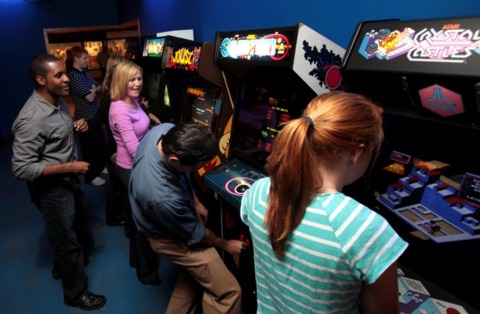
We had an exhibit last summer about Atari coin-ops that we had based on a small sample, about 250 design documents that we had acquired from this same person. We had built a relationship there. He saw what we did with these things, he saw they were going to a museum, and they would be preserved, exhibited, and they would be accessible for research in the future. Some of it was just relationship building.
But to answer the very practical question... [laughs] I went out to look at the stuff, and it all ended up being shipped on 20, 22 pallets on a truck. It’s a lot of material.
GB: For people who maybe aren't familiar with the Strong Museum, why is it important for you to get your hands on this primary material?
Saucier: From a broader perspective, the Strong is the only collection-based museum that is dedicated solely to the study and exploration of play. It’s part of our mission, being a museum of play, to preserve the history of play. That’s one of the most important parts of our mission: to promote play as being something that is integral to human development.
Another way of answering this is that within the Strong, we have different play partners. ICHEG, or the International Center for the History of Electronic Games, which I’m the assistant director of, is essentially our video game [segment]. It’s the area that deals specifically with electronic games. The entire museum, we have curators that focus on board games, we have curators that focus on dolls, toys--all sorts of different play things. This is all part of our mission. ICHEG just focuses specifically on electronic games.
The museum itself has four PHD historians on staff. Our CEO has a PHD in American History, as well. We’re historians. One of the valuable things for us is that we can see the benefit of these things because we've done the research. When I talk about seeing the advertisements, seeing how the advertisements would have been constructed, seeing footage of focus groups, seeing market research reports--these are the kinds of things you don’t usually have access to.
We have a library and an archive, as well. We provide access to researchers, all sorts of different scholars. It’s really a wide range. If you wanted to research something like the history of the ball, for instance, there’s a lot of different things there. There’s tennis, there’s skeeball, there’s pinball. You would have people who would want to come and look at these artifacts, the original artifacts, but do we have documentation? Video Pinball might be part of this. Well, do we have documentation now what Video Pinball was? Do we have a Video Pinball machine? Do we have something that tells us what designers were thinking of, how they created this game? Well, in the case of Video Pinball, we do now!
We make these things accessible to researchers, many of them are historians, many of them are different kinds of scholars. We've had people come here to study--we've had ethnomusicologists to come look at the music from Prince of Persia. There’s a lot of different angles to these things. When you have an archive like this one, which deals with the Atari coin-op materials, we can only anticipate some of the questions that researchers are going to ask of these materials for the next 100 years. 100 years from now, we don’t know what kinds of questions people might ask of these materials, but we will have preserved them and we will have asked our own questions about these things. And hopefully done a pretty good job of that through exhibits, as well.
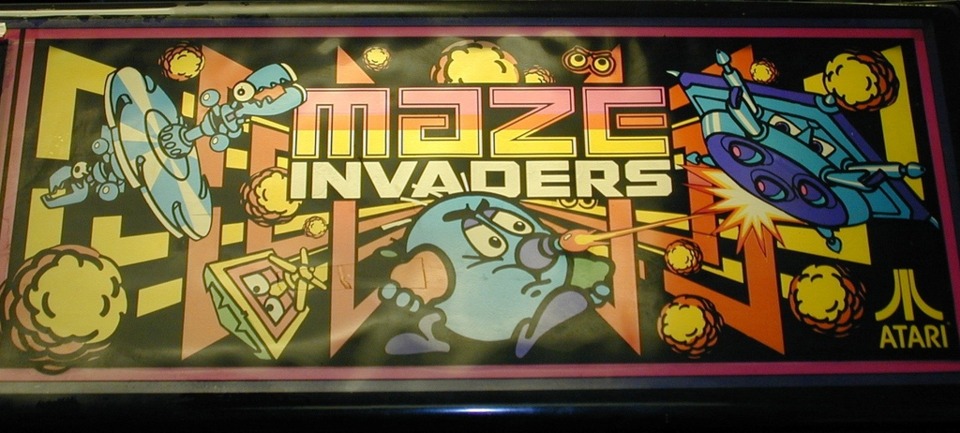
GB: Is there a particular piece that you've been the most excited to look at, now that the material’s actually coming in?
Saucier: [pause] [laughs] There’s a lot of stuff. I guess the best way to put it is that it’s hard to be excited about one thing because the collection is so rich. I’ll give you a few examples.
One thing that was particularly exciting was to get this game Maze Invaders, which was great to see a game that was unreleased. To me, so much of what we associate with Atari are games like Asteroids and Centipede and Pong. Here’s a game that fits into a different history, the one that we don’t see. So Ed Logg creates Asteroids, he creates Centipede, he creates some of the most popular Atari video games of the 20th century. He creates Maze Invaders, it makes it to play testing, but it never makes it out into production. So you have a game here that’s a great example of how the industry worked, and certainly how Atari functioned.
I was excited [because] here we have documentation for some of the most popular games, [games] that really changed the way we played games in arcade, but, then, when there’s also documentation and an actual physical artifact for a game that didn't make it, didn’t become Asteroids. For every Asteroids, there were dozens of Maze Invaders, and for every Maze Invaders, there were hundreds of games that never even made it to play testing. I think that’s a really interesting story in terms of some of the documentation and other artifacts.
There’s a couple of examples of hand drawn storyboards for the Star Wars arcade game, which I was a big fan of growing up. To see some of these hand drawn storyboards, to see what they were thinking of early on, those kinds of things lend themselves very well to exhibition, and to give people a sense of the road that people took and the roads they didn't explore further.
GB: I've heard from various folks over the years that especially early on, the industry was pretty bad at keeping track of all this stuff. When you’re making history, you might not be thinking about the fact that you should be archiving it. How good were they are archiving their own history?
Saucier: My sense from the stuff that I've seen is that Atari did a pretty good job. I don’t get the sense that they had a professional archivist. There’s a difference between saving materials and archiving them. They did a great job of saving many materials. Having not had the opportunity to go into the space where these things were being kept originally--it’s hard to tell how these things were originally organized--so it’s a little hard for me to answer the question with any certainty.
But I think the fact that these things were saved and that they remained at Atari Games and later Midway until Midway liquidated it, I think speaks volumes to the fact that there were people, and I’m not sure we know who, but there were people at Atari who believed it was important to document these things and it was important to hold onto these things.
The nature of these binders is one example of that. You have these binders where you’re seeing, chronologically, whether it be from brainstorming to production, how something went from concept to a final creation. That might have been something that they wanted to use internally to look back at, but for whatever reason, it was saved. [laughs] We’re incredibly grateful for the fact that these things were saved, and that, ultimately, we were able to preserve them.
GB: What happens from here? When does the public get a chance to look at some of what you've found?
Saucier: I’d say this first. We don’t have any plans for an immediate exhibit, but we will try to incorporate some of these materials into our electronic game exhibit that we already have. We have a 5,000 square foot exhibit on the history of electronic games. As soon as we possibly can, we’ll try to incorporate some of these materials into that.
In terms of a collection this size, it’s going to take a while to really go through and archive this in a professional [manner], in a way that really meets museum standards. One of the benefits is that we have a professional archivist. If you can think of 22 pallets of material, what that entails is that not only are you going through the material and saying “ okay, this drawing, maybe this random drawing doesn't say what it is, you need to try and identify what it is.” It also involves conservation issues. What do we need to do with this? Is this drawing stable? There are multiple levels to how we’ll proceed with this.
"The fact that these things were saved speaks volumes to the fact that there were people at Atari who believed it was important to document these things and it was important to hold onto these things."
The other thing is that what we’re dealing with is a lot of different forms of materials. You have paper materials, but, then, you also have media. There are 2,800 videos, and that ranges everything from game demos to office parties to footage of going through the warehouse or the manufacturing area. Those videos range from U-matic formats to betacam to VHS. You’re talking about very different kinds of materials. The source code is on floppy disks. You've got all different forms of media and different forms of materials. It’s a challenge to do all of these things and get it out there as immediately as I’m sure we and everyone would like us to do. [laughs] But because we want to preserve these materials in the long-term, we need to actually evaluate what it is that we have.
I’ll give you a great example of this. There’s hundreds of cabinet transfer films. So you have the original artwork that’s put on a film that they use to do a silk screening for the artwork on the side of the cabinet. Most of those films and those art kits were held in wooden map cases that were in the original Atari art department. Those wouldn't be good to leave those in there over the long-term. For us to meet a certain archival standard, we’ll need to make sure that all of those are housed differently.
It’s a big job, but we’re capable of doing it, and my feeling is that we’re the best place for these materials to be, and we’re honored and thrilled to be preserving them. But in terms of making all of them publicly accessible tomorrow? It will take some time.
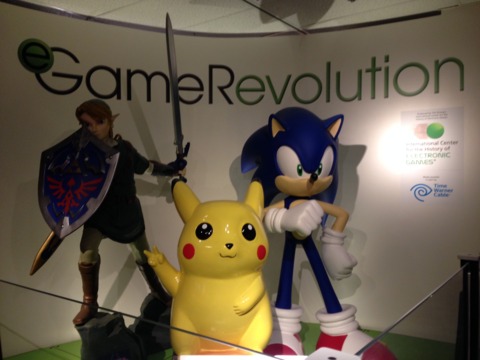
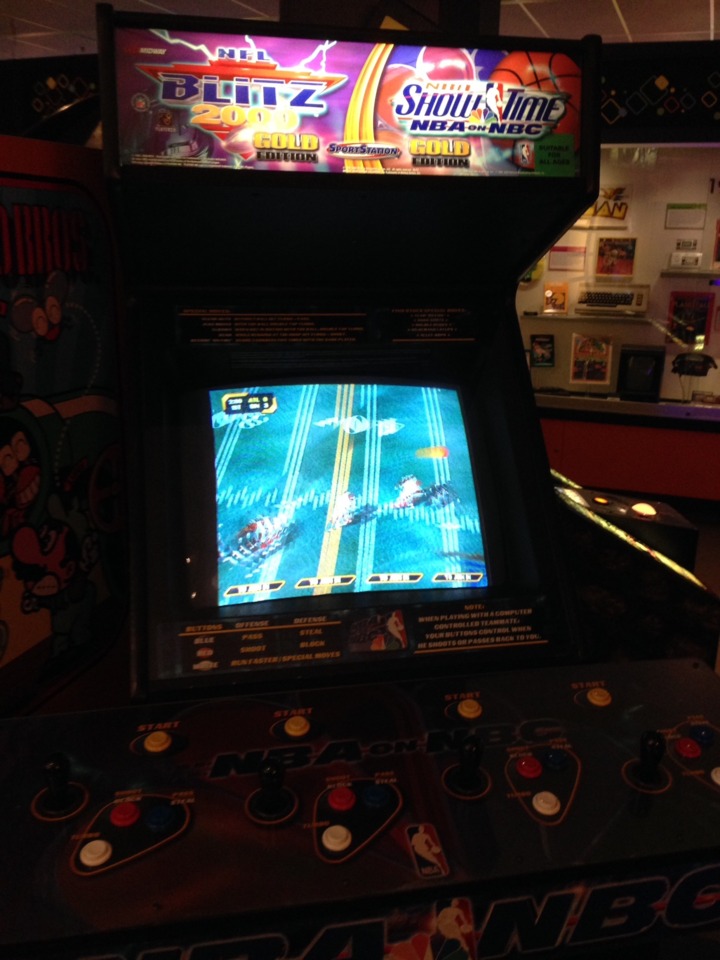
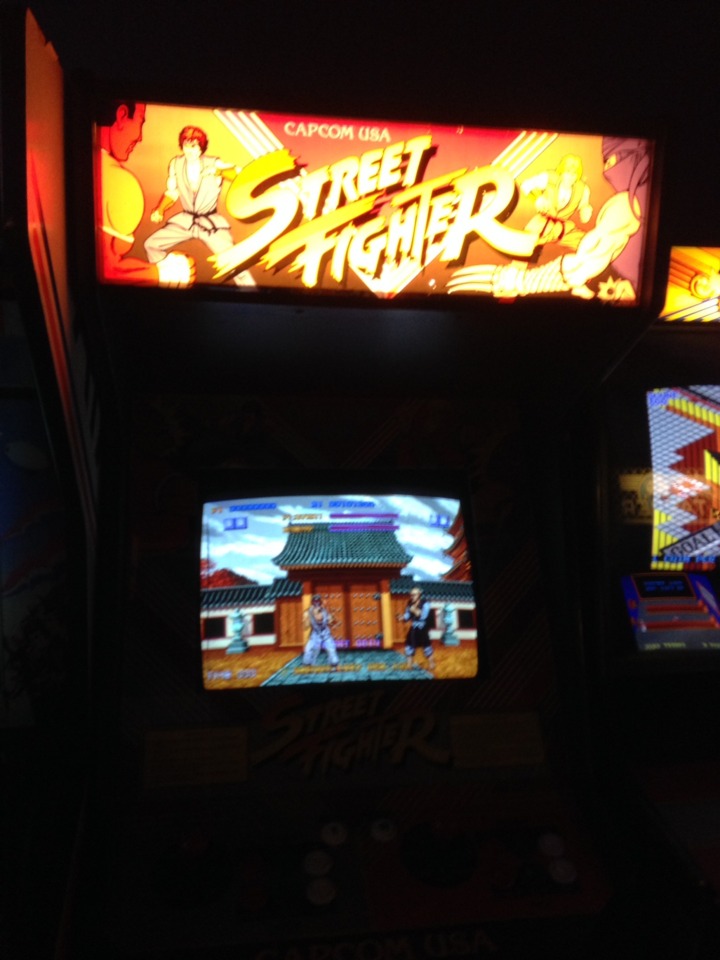
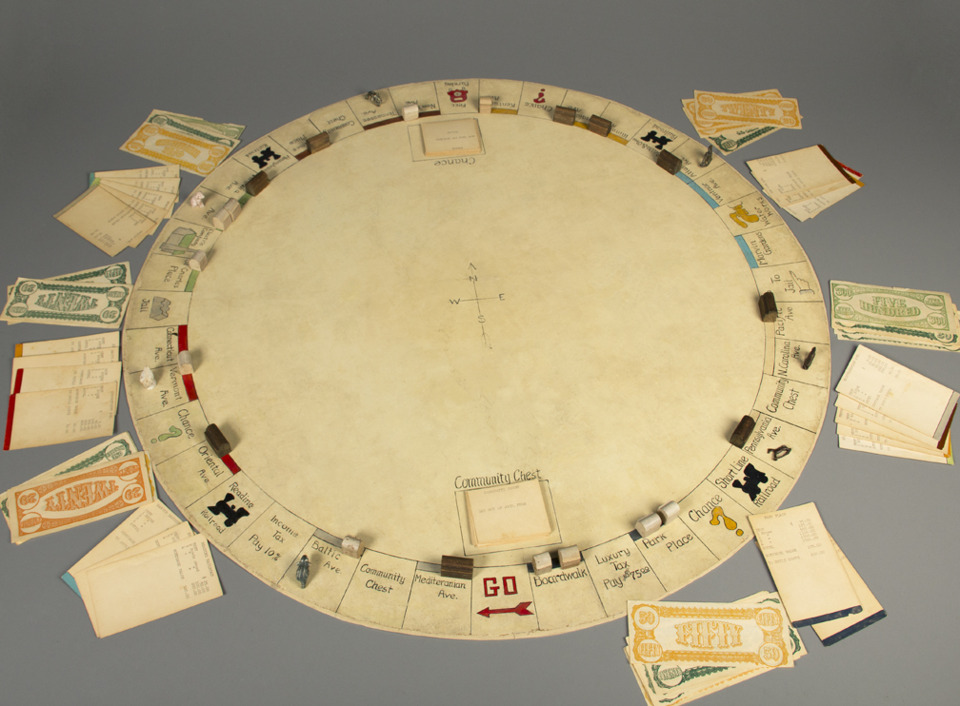
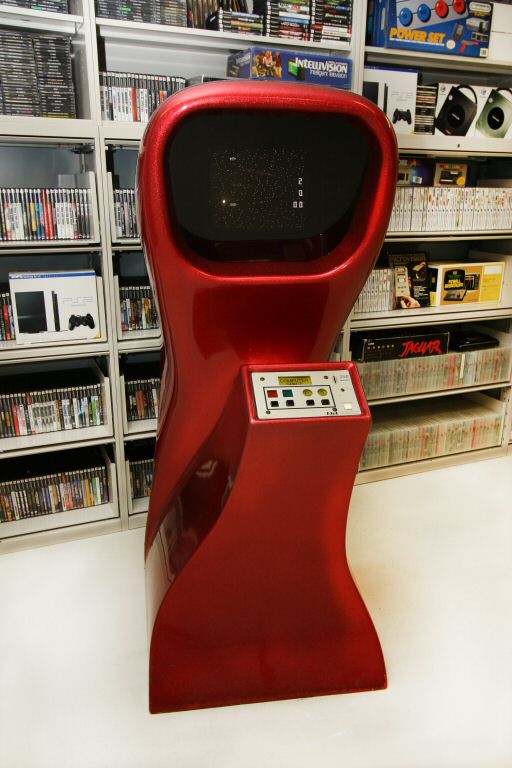
Log in to comment